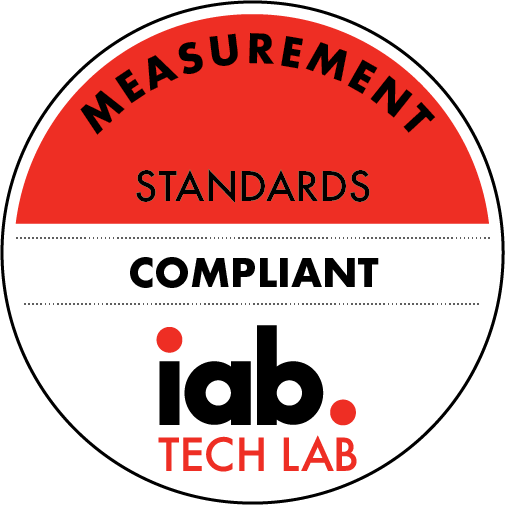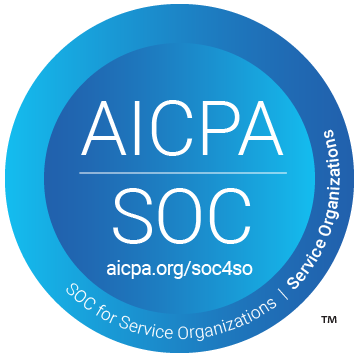E35: Can Hustle Help Your Art???
Description
This is The Thirty Fifth Episode of the Visual Scholar Podcast - With Tim Mcburnie.
Let's talk Hustle vs Hard Work. Should we Embrace the Grind? Or Avoid Burnout? How do these concepts help our creativity... and the final art we create.
Below is in Automagically generated summary so you can check out the content and also to help with search functionality!
---ARTISTIC GRIND AND HUSTLE CULTUREThe grind is often seen as part of being an artist, with intense work expected in jobs like VFX and game development. Companies exploit young artists' eagerness, leading to burnout. Freelance work isn't much easier, requiring constant hustling.
PRESSURE IN EDUCATIONStudents face pressure to grind through exercises to reach a professional level, driven by the need for validation.
HARD WORK AND CREATIVITYHard work is necessary for success and creating great art. However, the grind can lead to early burnout and health issues. Many idols who worked excessively hard didn't live long.
REALISTIC EXPECTATIONSIt's crucial to set realistic expectations about the amount of work needed in the industry. Understanding the industry's demands helps artists prepare for their first jobs and enjoy the process.
UNDERSTANDING HUSTLE CULTUREHustle culture promotes constant work and minimal breaks, which can be harmful. While working hard is important, it's vital to maintain health and well-being.
CREATIVE FLOW AND DEADLINESDeadlines help focus and push creativity, but excessive crunch can cause burnout. Recognize the difference between productive pressure and harmful overwork.
DISENTANGLING WORK ETHIC AND HUSTLEWork ethic and hustle are different. Hard work and dedication don't necessarily mean constant grinding. Enjoying the process and building a healthy relationship with art is more sustainable.
SOCIAL VALIDATIONArtists often seek social validation through hard work and high-profile projects. Understanding your personal relationship with hard work and creativity helps manage stress and expectations.
FINDING YOUR RHYTHMEveryone's work rhythm is different. Some thrive under pressure, while others prefer a more relaxed approach. Identify what works best for you and adapt accordingly.
KEY TAKEAWAYS
1. Realistic Expectations: Understand the industry's demands and set realistic expectations for yourself.2. Creative Flow:Use deadlines to focus, but avoid excessive crunch.3. Healthy Relationship with Art: Build a positive relationship with your art, separating work ethic from the hustle mentality.4. Personal Rhythm: Identify your preferred work rhythm and adapt your approach to suit it.---
This Podcast is designed to help you demystify the world of Art, Productivity, and Creativity. So you can get better faster, and enjoy your Art Journey.
We discuss Drawing, Painting, Illustration and Entertainment Design. Along with Productivity and Career Advice.
Learn more about Tim Mcburnie:
Learn Drawing and Illustration at The Drawing Codex: www.thedrawingcodex.com
Check out this podcast with video on Youtube: https://www.youtube.com/@Tim-Mcburnie
Spotify Link: open.spotify.com/show/6VbdwbiZqy8nqb90ruKQCX?si=21b9c1d02c85419f
Apple Podcasts: podcasts.apple.com/us/podcast/the-visual-scholar/id1678505411
www.thedrawingcodex.com/podcasts/the-visual-scholar
Check out The Drawing Codex Youtube Channel: https://www.youtube.com/@TheDrawingCodex
Portfolio: www.timmcburnie.com
www.artstation.com/tim-mcburnie
www.instagram.com/timmcburnie
twitter.com/timmcburnie
More Episodes
This is The Thirty Ninth Episode of the Visual Scholar Podcast - With Tim Mcburnie.
Let's talk about how creative restraint can actually help your art project!
Below is in Automagically generated summary so you can check out the content and also to help with search functionality!
---
Often,...
Published 10/01/24
Published 10/01/24
This is The Thirty Eighth Episode of the Visual Scholar Podcast - With Tim Mcburnie.
Let's talk about how long it takes to reach the mythical 'pro' level of art.
This concept is something many people ask me about. And it's one of those markers that many of us consider to be really...
Published 08/14/24


